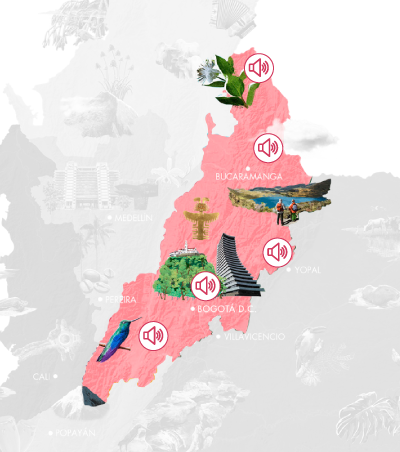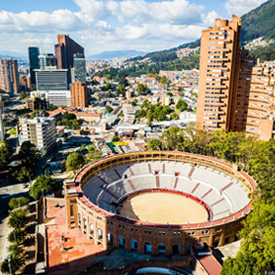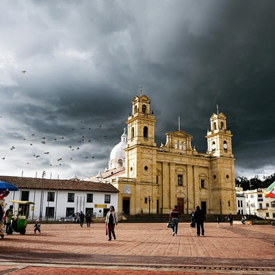Norte de Santander, home of legendary moors and valleys
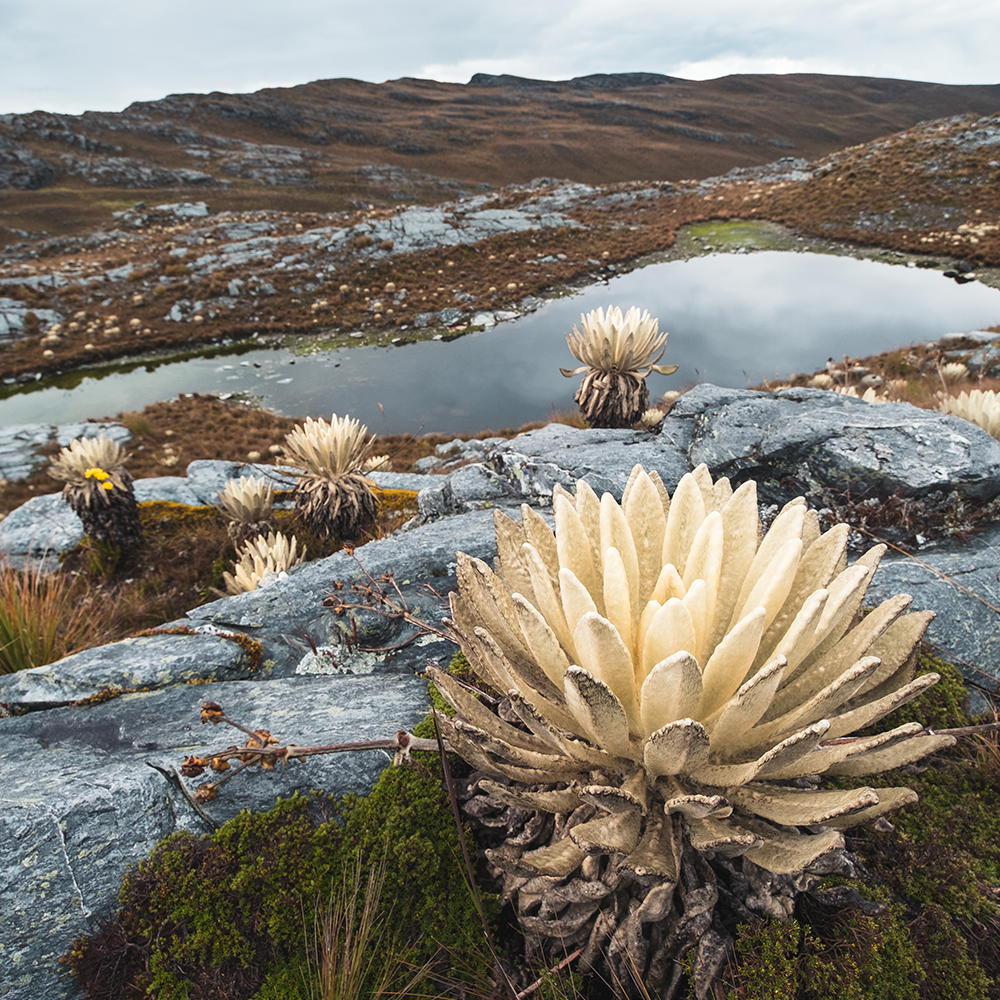
Photo caption: Panoramic view of the Santurbán moorland, located in the department of North Santander.
Credit: Sebastián Delgado C // Shutterstock.com
The department of North Santander is a land that enjoys a varied geography and important water sources that influence its diversity of climates and thermal floors, allowing visitors to connect with nature through adventure.
The department of North Santander is located in the northeastern region of Colombia, bordering Venezuela to the north and east. Its privileged geography is made up of moors, mountains, plateaus, plains, hills and important water sources that make it a region immensely rich in landscapes and climates.
Thanks to its location and abundance of natural resources, North Santander is an economic and commercial hub of the country, mainly in the agricultural sector with the production of rice, sugar cane, cassava, banana, cotton, coffee, peach, pineapple, among others.
Thriving people
North Santander enjoys an ancestral heritage of indigenous Motilones and Chitareros, who were characterized by being warriors, a spirit that today remains in the gallant and temperate personality of the North Santanderans. This has also allowed them, among other things, to be great merchants and entrepreneurs.
The department has a footwear and clothing industry that is recognized throughout the country, and, being a border with Venezuela, has become a commercial step that has brought progress and dynamism to the regional and national economy.
Featured: Download the magazine about the department of North Santander, to know the North Santanderans who have made history in Colombia.
Nature, adventure and history
North Santander is a department whose geography invites you to visit and enjoy it. Its natural wealth and ecological importance allows the visitor to venture to know rock formations, caves, lagoons, waterfalls and other activities that position the region as a destination of feat, which in turn collects part of the history of the country.
Aligned with history, indigenous legacy and its relief, North Santander offers a variety of tourist destinations such as the Santurbán paramo,the region's greatest natural attraction, Playa de Belén, declared a National Monument of Colombia, Villa del Rosario, former capital of Gran Colombia, and the city of Cúcuta, the capital of the department and scene of part of the country's history.
Highlighted quote: Through its lightning, the Catatumbo Lighthouse evokes a thunderstorm worthy of admiration and surprise. A phenomenon that, despite occurring in Lake Maracaibo, in Venezuela, is possible to see from Colombia and has the potential to become a world-class attraction.
The department also concentrates an important production of crops that highlight the region where it is harvested and that today are a reason for interest on the part of visitors.
This is how the Peach and Water Route is becoming increasingly popular in the municipalities of Pamplona, Cácota and Chitagá; tourism and traditional dances around pineapple plantations in the municipality of Teorama; and Toledo coffee.

Credit: Oscar Garces // Shutterstock.com
Photo caption: Thanks to its beauty, the city of Cúcuta has received nicknames such as the 'Pearl of the North'.
Gastronomic offer
Finally, North Santander enjoys a wide and varied gastronomy, the result of the interaction and cultural mix that the region has experienced, and incorporates elements that show the roughness of its experience and the adaptation of its inhabitants.
Highlight: Get to know the magazine about the department of North Santander and discover more about the gastronomic offer of the department.
Among the characteristic dishes offered by this department are the hallacas, adopted from the Venezuelan tradition; the rampuchada, a recipe of indigenous origin to which benefits of eternal youth are attributed, being the rampuche a fish that occurs only in the rivers of the region; the arepa ocareña,whose preparation is based on corn and cheese, and is served on a banana leaf to highlight its flavor.
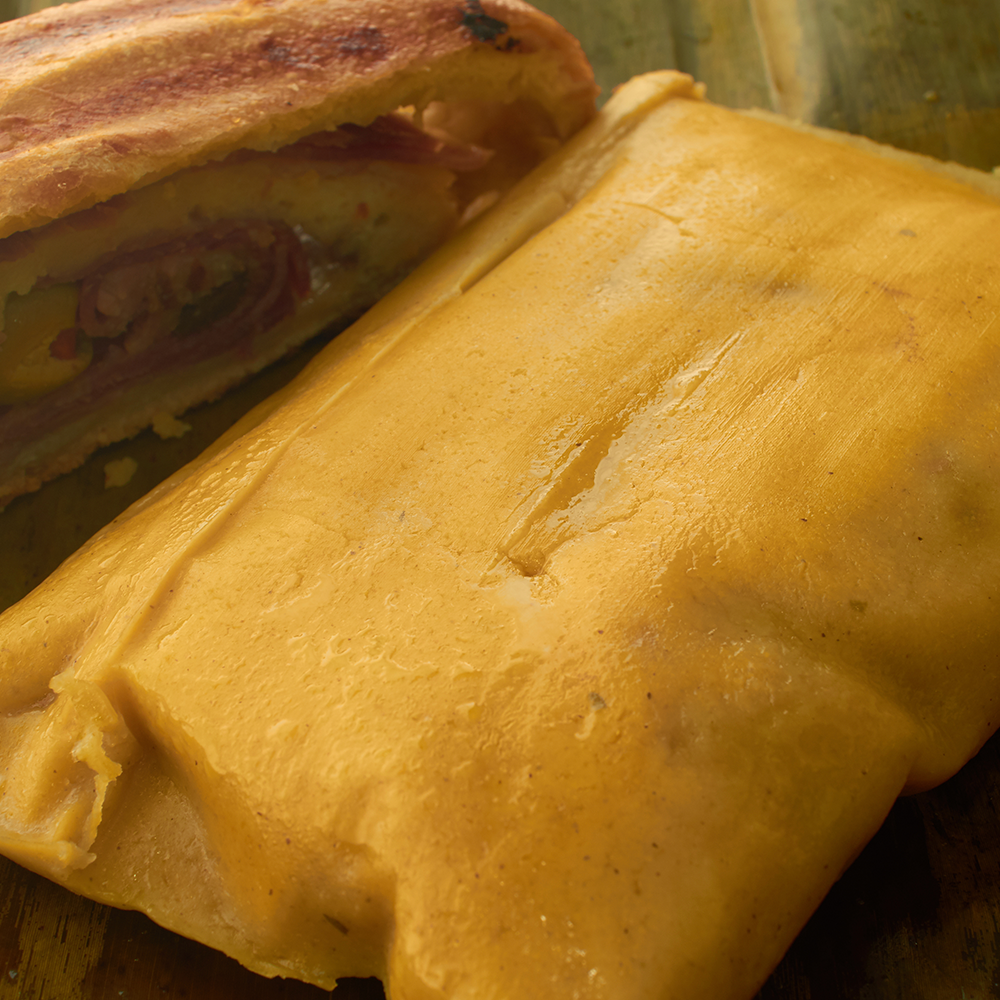
Credit: EDP Photography // Shutterstock.com
Capt: Although hallacas have their origin in Venezuela, the region adapted them as its own and today it is one of its flagship dishes.




